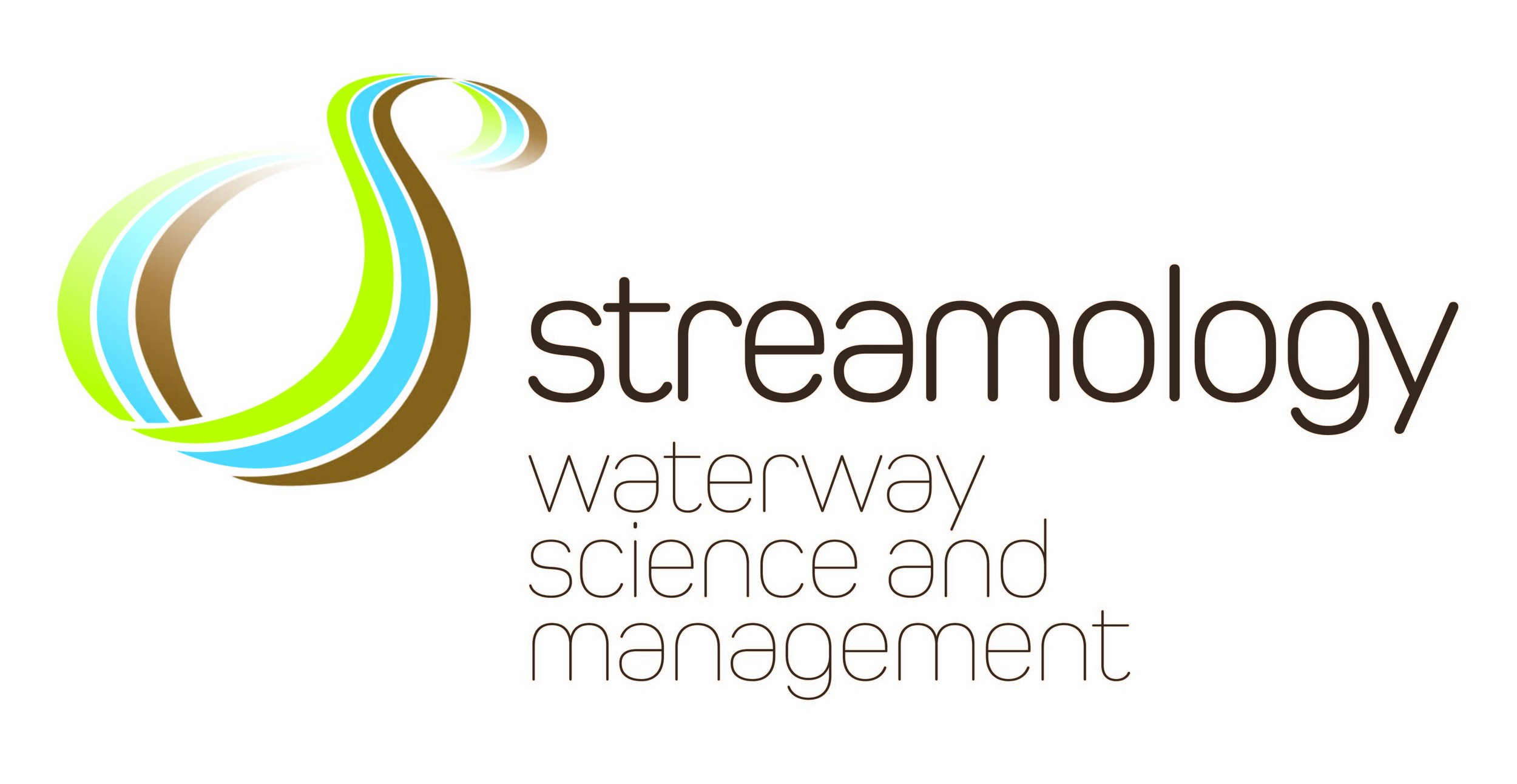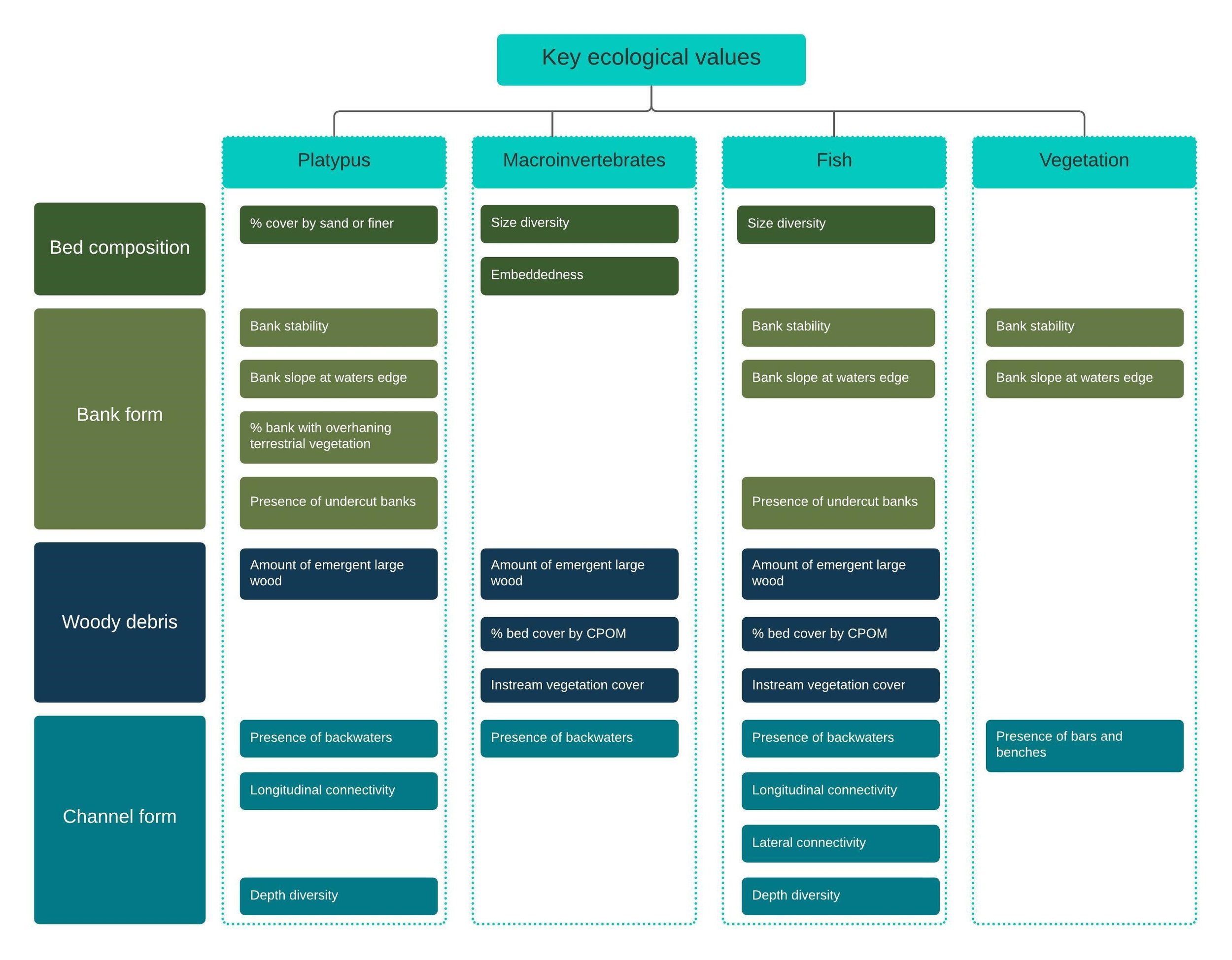Our strategic future: Victorian Waterway Physical Form and Processes Framework
Outstanding waterway management projects are not only those that align with strategies and guidance, they set the new paradigm for them. The Victorian Waterway Physical Form and Processes Framework is a strategic document outlining the principles, linkages and tools for our waterway future.
Campaspe River, Victoria
Outstanding waterway management projects are often considered those that most align with the strategies and guidance provided. This project is not one of those, as it sets the strategies and guidance, and links to relevant standing documents. The ‘Waterway Physical Form and Processes Framework for Victoria’ sets the future direction for how we understand and manage our waterways. This will have a broad reach throughout Victoria, and for decades, providing the basis for outstanding waterway management projects of the future.
Physical form provides the basis for all waterway values; it translates flow into conditions experienced by biota, provides amenity and recreational opportunities, protects water quality, and contains riverside cultural values to be preserved. Until now physical form has been secondary in waterway strategies, with an ecological and social focus. Approaches to managing physical form and processes such as erosion has been often reactive, and ad hoc, affecting social, ecological, cultural and economic values. In addition, physical form is often the first component of a waterway to experience observable change in response to stressors and the hardest to reverse.
Conceptual model depicting the link between physical form and key ecological values
The strategic direction of the waterway management industry has changed over recent decades and we need to recognise our important past waterway management practices, whilst looking to the future opportunities (and challenges). The river improvement period (1950s to 1980s) preceded the catchment management period (1980s to 1990s) and now the current approach, whilst still responding to threats such as erosion, flooding, poor drainage and sedimentation, is focused on healthy waterways. This approach is evolving and globally emerging philosophies are highlighting the important role that complex and dynamic waterways play in achieving ecological objectives, as well as supporting social, cultural and economic objectives. This is a paradigm shift in management philosophies. This strategy importantly recognises the problems, as well as the opportunities, for this strategic direction.
The Victorian Physical Form Framework was collaboratively developed based on knowledge and strategy gaps with DELWP, Streamology, and independents Professor Ian Rutherfurd and Dr James Grove. It incorporated not only the team revising the Victorian Waterway Management Strategy (VWMS), but also those involved in the Regional Waterway Strategies (RWSs), and relevant stakeholders. In addition, the principles and tools align with Melbourne Water’s Healthy Waterway Strategy (HWS). This project provides guidance for Victoria’s vision, identifies related threats and values for input to current systems, introduces a set of management principles, and outlines a suite of strategies and tools for waterway management.
Some relevant waterway management strategies and how the Victorian Waterway Physical Form components might integrate



